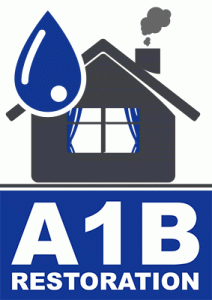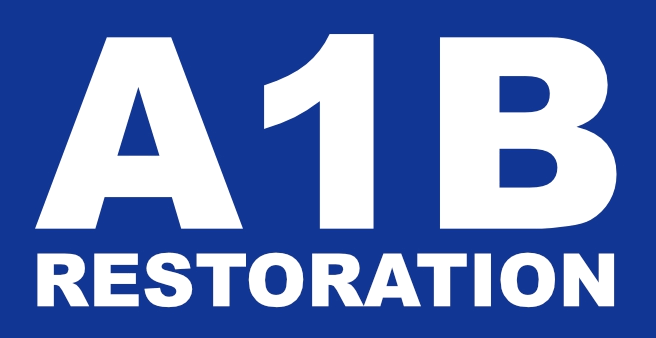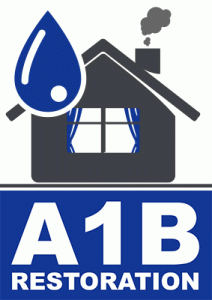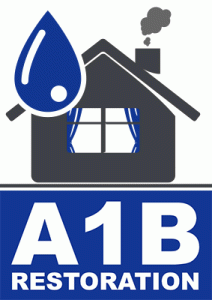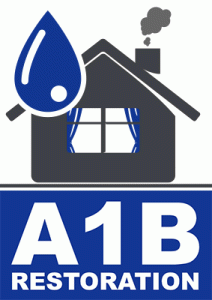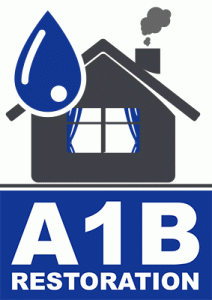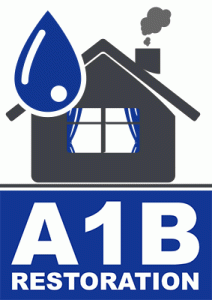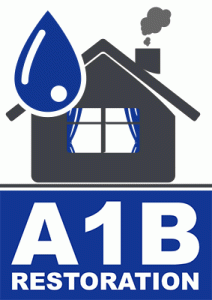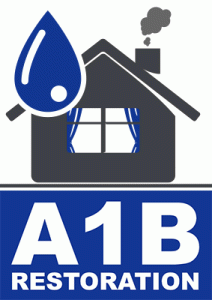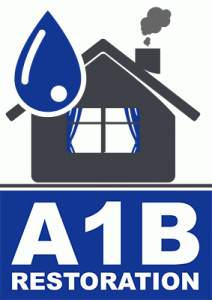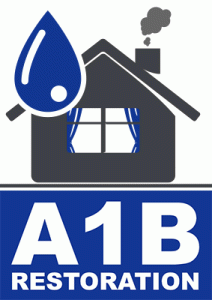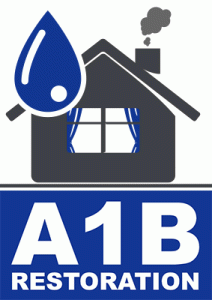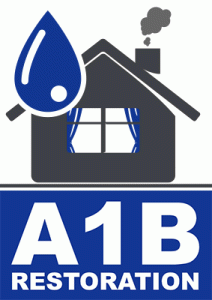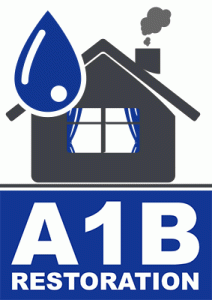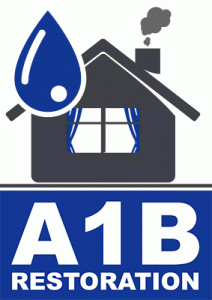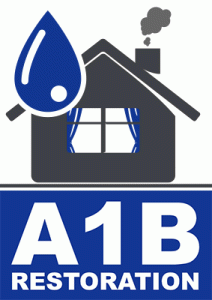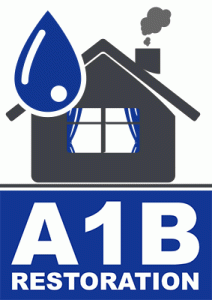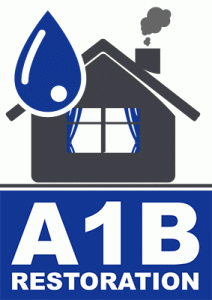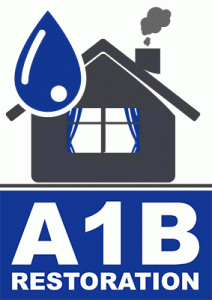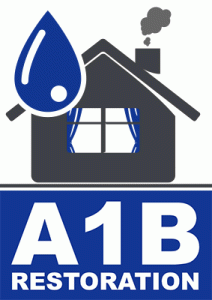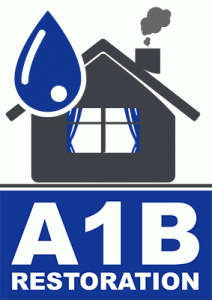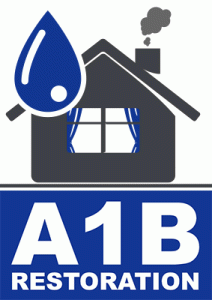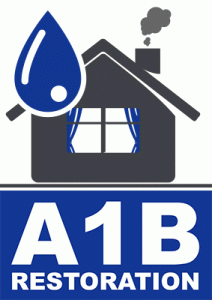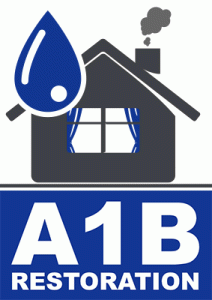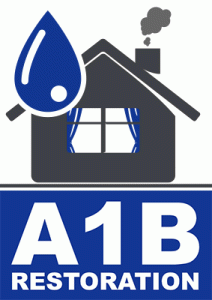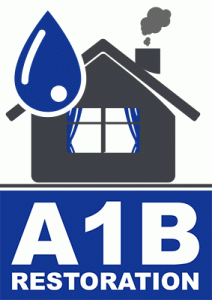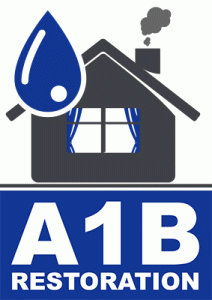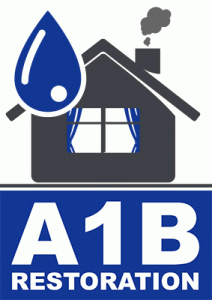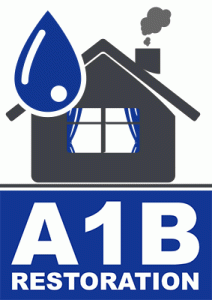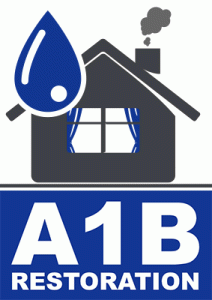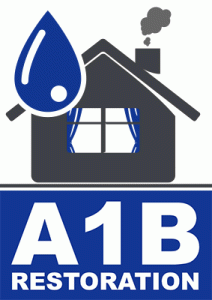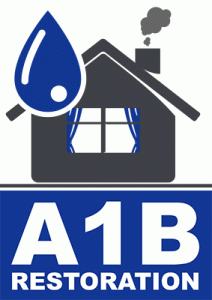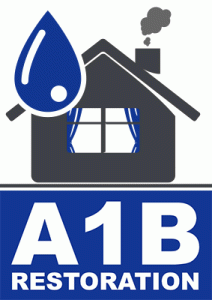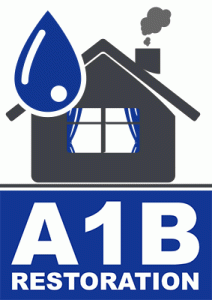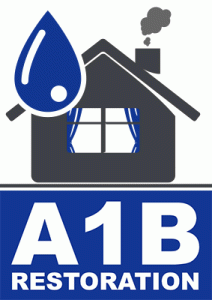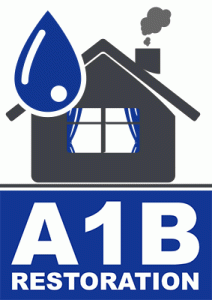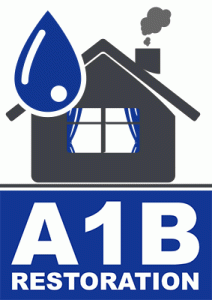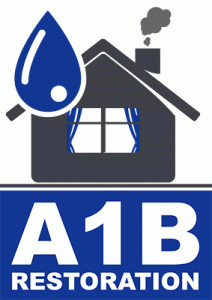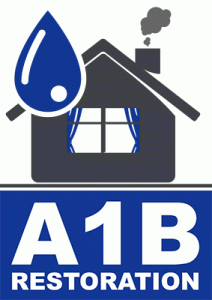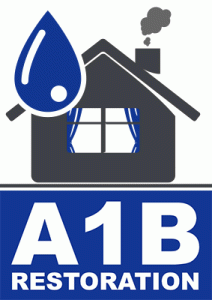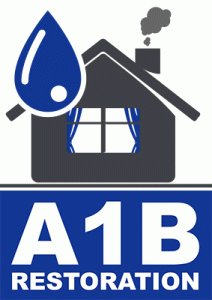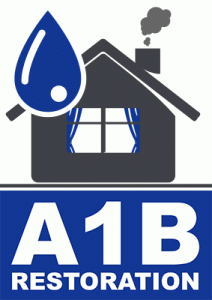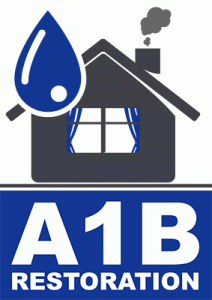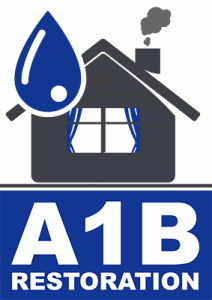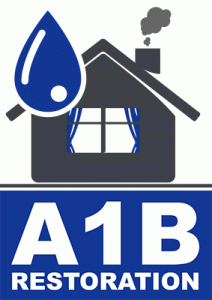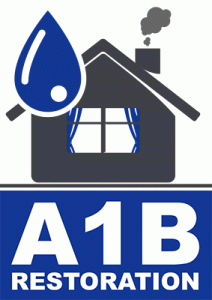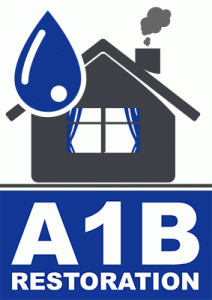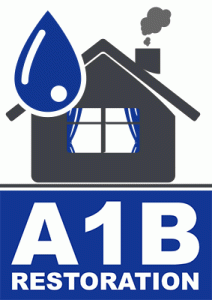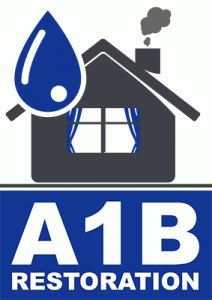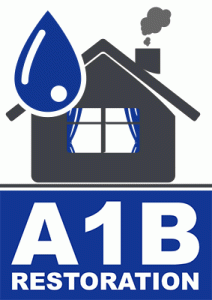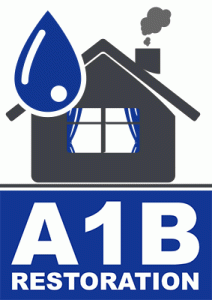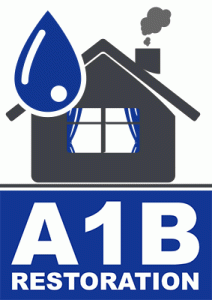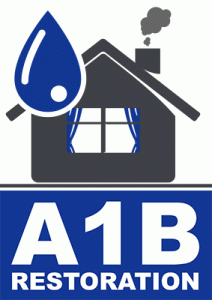The Ultimate Guide to Water Mitigation
Water damage is one of the most common and costly problems faced by property owners, with an estimated 14,000 people in the U.S. experiencing a water damage emergency daily. Whether caused by natural disasters, plumbing failures, or simple accidents, swift action is crucial to minimize damage and prevent future issues. This comprehensive guide will walk you through everything you need to know about water mitigation, from identifying risks to implementing effective solutions.
What is Water Mitigation?
Water mitigation refers to the process of reducing or preventing the amount of water damage that occurs after a flood, leak, or similar event. The goal is to minimize the impact, preserve property, and prevent further damage.
The Importance of Water Mitigation
Ignoring water damage can lead to severe consequences, not just for the structure of your home or business but also for your health. Mold growth, structural instability, and costly repairs are just a few risks of neglecting water mitigation efforts.
Statistics on Water Damage Costs
According to the Insurance Information Institute, water damage and freezing accounted for about 29% of homeowner insurance losses in 2020. The average cost for water damage restoration can range from $1,200 to $5,000, depending on the extent of the damage.
Steps in Water Mitigation
1. Immediate Response
The first step in water mitigation is a quick response. Time is of the essence, as standing water can cause further damage to structures and increase the risk of mold growth. Contact a professional water mitigation service immediately if the damage is extensive.
2. Water Removal
Removing standing water is critical. Use pumps and vacuums to extract water, and absorbent materials like towels or mops for smaller areas. Ensure all excess water is removed to prevent further damage.
3. Drying and Dehumidification
After water extraction, thoroughly drying the affected areas is essential. Use fans, dehumidifiers, and ventilate the area to speed up the process. The goal is to reduce moisture levels to prevent mold growth and structural damage.
4. Cleaning and Sanitizing
Clean and sanitize all affected areas to remove any contaminants or bacteria that the water may have carried. Utilize professional-grade cleaning solutions and ensure all materials are thoroughly disinfected.
5. Restoration
Restoration involves repairing and replacing damaged materials. This can range from minor repairs, like replacing drywall, to major reconstruction projects. Assess the damage to determine the appropriate course of action.
Preventing Future Water Damage
Once you have addressed the immediate problem, it’s important to implement measures to prevent future occurrences. Here are some actionable tips:
Regular Maintenance Checks
Regularly inspect your property for signs of leaks, cracks, or wear and tear. Pay special attention to plumbing, roofing, and basement areas.
Install Water Detection Devices
Consider installing water detection devices or alarms in high-risk areas. These devices can alert you to leaks or flooding early, allowing you to take swift action.
Improve Drainage Systems
Ensure proper drainage around your property to direct water away from the foundation. Clean gutters and downspouts regularly to prevent blockages.
Seal Windows and Doors
Ensure that windows and doors are properly sealed to prevent water intrusion during storms or heavy rain. Consider installing weather stripping and caulking as needed.
Choosing a Professional Water Mitigation Service
When selecting a water mitigation service, it’s important to choose a reputable company with experience and proper certifications. Here are some tips for finding the right service:
Check Certifications and Experience
Ensure the company has certified technicians and a proven track record in water mitigation. Certifications from organizations like the Institute of Inspection, Cleaning and Restoration Certification (IICRC) are a good indicator of professionalism.
Read Reviews and Testimonials
Look for online reviews and testimonials to gauge customer satisfaction and the company’s reputation. Personal recommendations from friends or family can also be valuable.
Get Multiple Estimates
Obtain estimates from several companies to compare services and prices. Ensure each estimate is detailed and includes all necessary services.
Conclusion
Water mitigation is a critical process for protecting your property from the devastating effects of water damage. By understanding the steps involved and implementing preventive measures, you can reduce the risk and safeguard your home or business. Remember to act quickly, choose professional services wisely, and maintain regular property checks to ensure you are prepared for any future water-related emergencies.
For more information and resources on water mitigation, visit our comprehensive resource page.
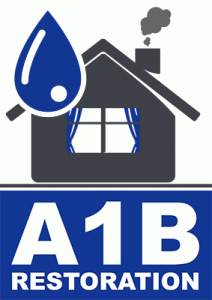
water damage and restoration companies Allen Texas
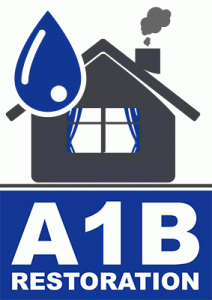
water restoration companies near me Cedar Hill Texas

residential water damage restoration Grapevine Texas
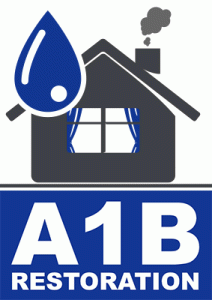
best water damage restoration near me Keller Texas

Lake Highlands Dallas Texas water cleanup company
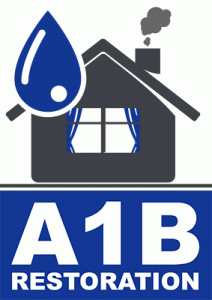
Lake Highlands Dallas TX water damage restoration companies

water restoration companies near me Garland Texas
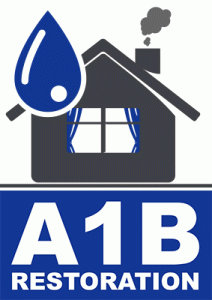
Preston Hollow Dallas Texas water cleanup company
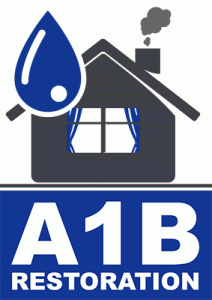
Highland Park Texas water cleanup service near me
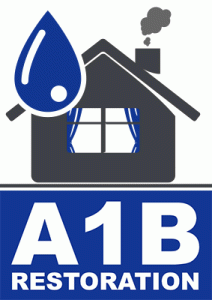
Richardson Texas water damage restoration near me

Lakewood Dallas Texas restoration water damage companies
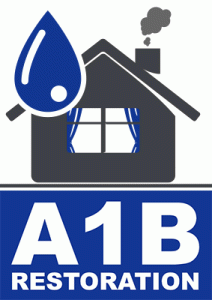
Preston Hollow Dallas Texas water damage companies

The Colony Texas water damage restoration near me

Euless Texas water damage restoration service near me
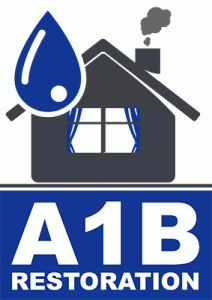
Southlake Texas water damage restoration service near me

Lavon Texas water damage restoration service near me

Lake Highlands Dallas Texas water extraction company near me

Lewisville Texas water extraction company near me
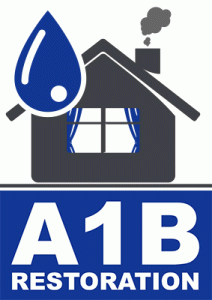
Flower Mound Texas water damage restoration near me

Highland Park Texas disaster restoration companies

Carrollton Texas water damage restoration near me
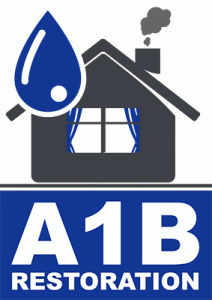
Lake Highlands Dallas TX water damage restoration company

Little Elm TX water damage restoration companies near me

Cedar Hill TX water damage restoration companies
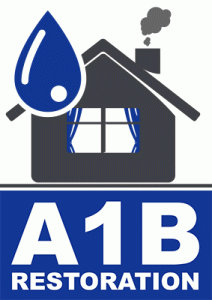
Grand Prairie TX water damage restoration services
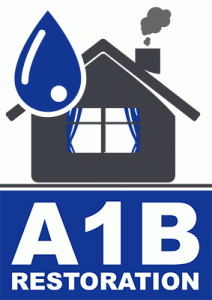
Denton TX water damage restoration companies near me

Lakewood Dallas TX water damage restoration companies
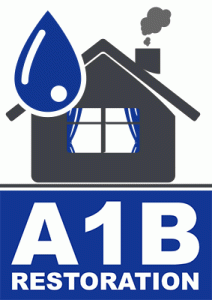
Wylie TX water damage restoration companies near me
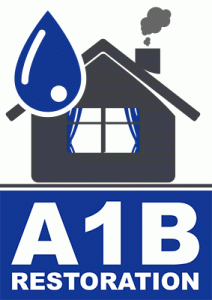
Flower Mound TX water damage restoration companies near me

Richardson TX water damage restoration companies near me

North Richland Hills TX water damage restoration companies
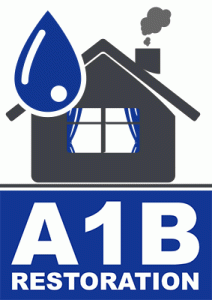
Coppell TX water damage restoration companies near me
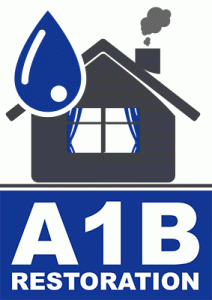
emergency water damage restoration Rockwall Texas

emergency water damage restoration Cedar Hill Texas

water damage clean up near me Preston Hollow Dallas Texas
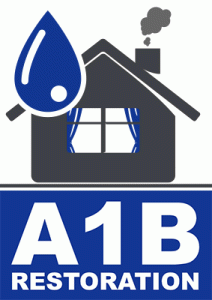
water damage restoration service Preston Hollow Dallas Texas

water damage and restoration companies Fate Texas
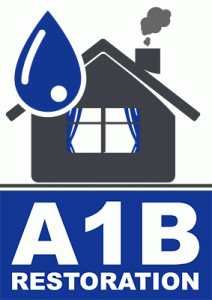
water damage and restoration companies Fairview Texas
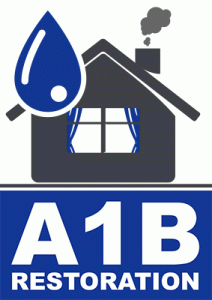
water restoration companies near me Grand Prairie Texas

water restoration companies near me Rowlett Texas

water damage restoration services near me Lucas Texas
